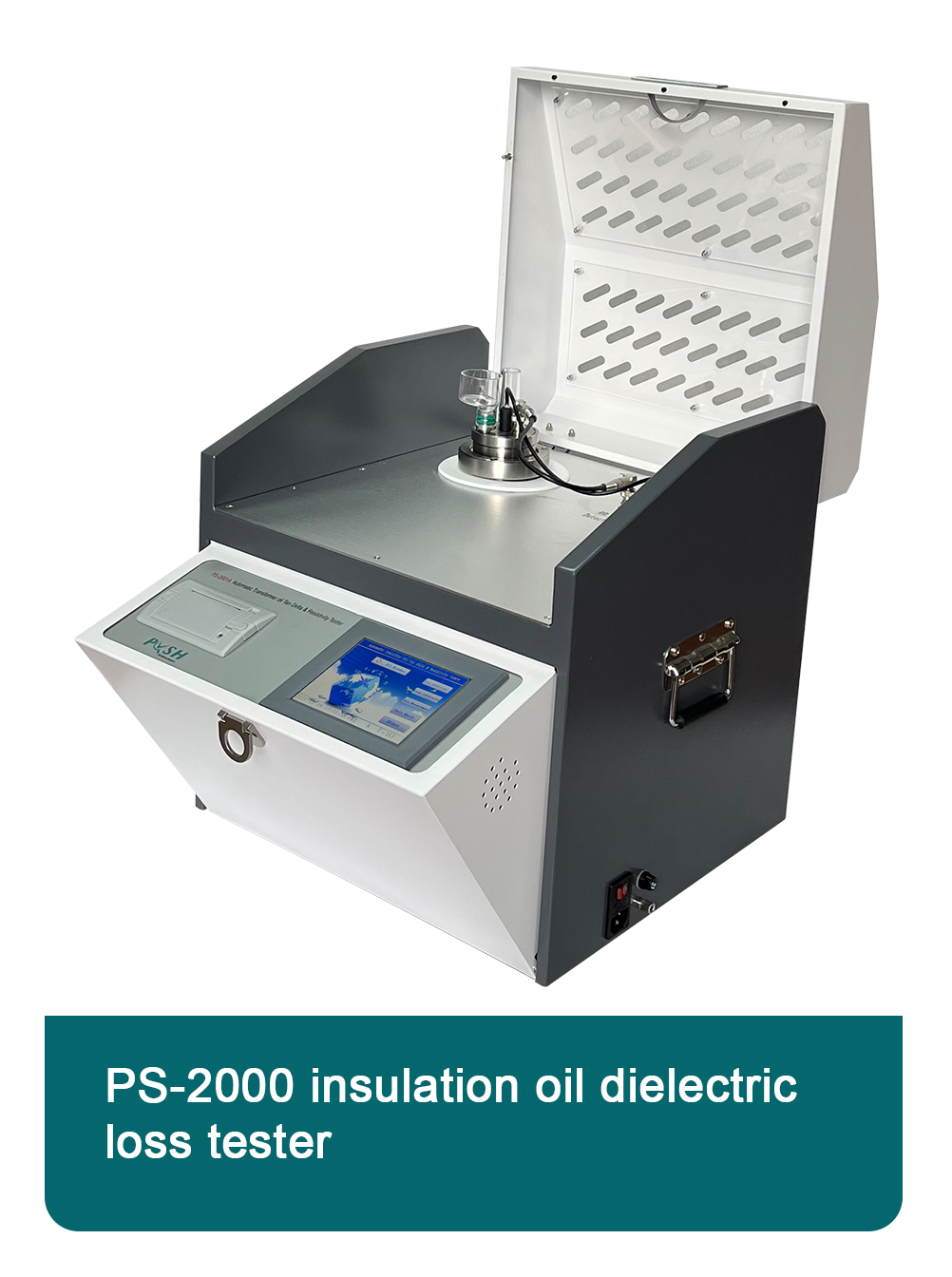 English
English


Transformer Temperature Increase Assessment for Operational Efficiency and Safety Evaluation
Temperature Rise Test in Transformers
The temperature rise test in transformers is a crucial procedure designed to evaluate the thermal performance of electrical transformers under rated load conditions. This assessment is vital for ensuring the reliability and longevity of transformers in power distribution and industrial applications. As transformers are essential components in electrical infrastructure, understanding how temperature affects their performance and safety is imperative.
Importance of Temperature Rise Testing
Transformers operate by converting voltages from one level to another through electromagnetic induction. During this process, energy losses occur, primarily due to the resistance in the windings and the core material. These losses manifest as heat. If the heat generated exceeds the rated safe operating temperatures, it can lead to insulation breakdown, reduced efficiency, and ultimately, transformer failure. Therefore, the temperature rise test is instrumental in ensuring that a transformer can operate safely and effectively within its specified limits.
Test Procedure
The temperature rise test typically involves subjecting the transformer to its full load condition while monitoring temperature variations over time. The following steps outline the general procedure for conducting this essential test
1. Preparation The transformer is installed and connected to the appropriate power supply. Instruments for temperature measurement, such as thermocouples or infrared cameras, are strategically placed on critical components, including the windings, insulation, and cooling surfaces.
2. Loading The transformer is energized, and a load is applied to simulate operating conditions. It is crucial to maintain the load at the rated capacity to accurately assess the thermal behavior under maximum expected workload.
temperature rise test in transformer

3. Monitoring As the transformer operates, temperatures are continuously monitored at specific intervals. This includes temperatures of the windings and the oil (if applicable), as well as ambient temperature conditions. The data collected provides insight into how effectively the transformer dissipates heat.
4. Data Analysis After the transformer has been allowed to operate for a predetermined time (often several hours), the highest recorded temperatures are analyzed. The results are compared to the manufacturer's specifications and industry standards to ensure compliance.
5. Cooling Off Period After achieving the maximum operational load, the transformer is switched off, and temperatures are again recorded as it cools down. This phase provides additional data on the heat dissipation characteristics of the transformer.
Interpretation of Results
The temperature rise determined from the test is often expressed in degrees Celsius and is typically compared to the allowable temperature rise limits set by standards such as IEEE C57.91 or IEC 60076. If the temperature rise exceeds these limits, it could indicate issues such as inadequate cooling, excessive load, or potential design flaws.
A well-conducted temperature rise test not only confirms that the transformer meets operational standards but also helps in identifying potential risks before the unit is placed into service. This proactive approach to maintenance can prevent unexpected failures and extend the transformer's life span.
Conclusion
Temperature rise testing is a critical aspect of transformer design and maintenance, providing key insights into their operational reliability. By understanding the thermal dynamics of transformers and ensuring they meet specified temperature limits, engineers can enhance performance and durability. As the global demand for efficient and reliable power distribution continues to grow, the importance of thorough testing, including the temperature rise test, will only increase, safeguarding both infrastructure and technology for future generations. Implementing rigorous testing protocols not only assures the quality of transformers but also builds confidence in their performance in the ever-evolving landscape of electrical engineering.
-
Differences between open cup flash point tester and closed cup flash point testerNewsOct.31,2024
-
The Reliable Load Tap ChangerNewsOct.23,2024
-
The Essential Guide to Hipot TestersNewsOct.23,2024
-
The Digital Insulation TesterNewsOct.23,2024
-
The Best Earth Loop Impedance Tester for SaleNewsOct.23,2024
-
Tan Delta Tester--The Essential Tool for Electrical Insulation TestingNewsOct.23,2024





